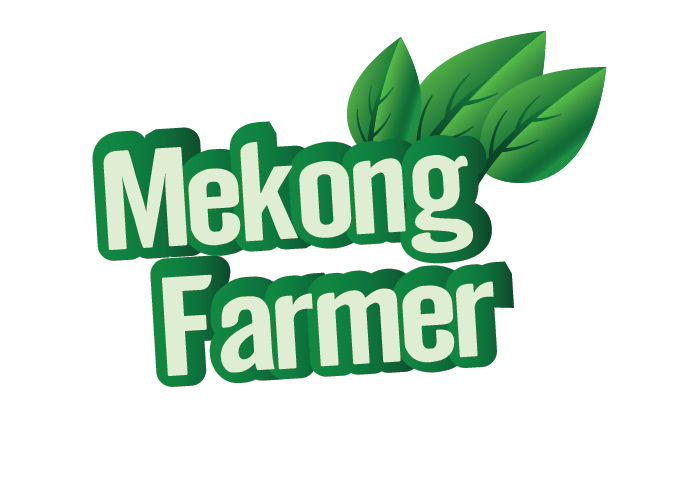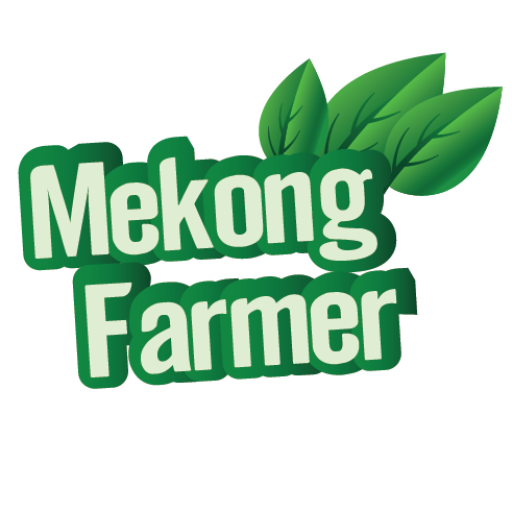Soc TrangNearly 2,000 households cultivated 3,000 hectares of ST25 rice under the traditional agricultural model, but based on modern scientific foundations developed by engineer Ho Quang Cua.
The St25 rice was created by Mr. Cua, who won the first prize at the world’s best rice contest in 2019 and 2023. He said the construction of the raw material area for this rice variety is based on the model “Agriculture returns to nature” – where farmers take advantage of available resources such as microorganisms, fungi, bacteria instead of fertilizers and plant protection drugs.
“The circulating agriculture helps stable production, fertile land and especially reducing greenhouse gas emissions,” he said.
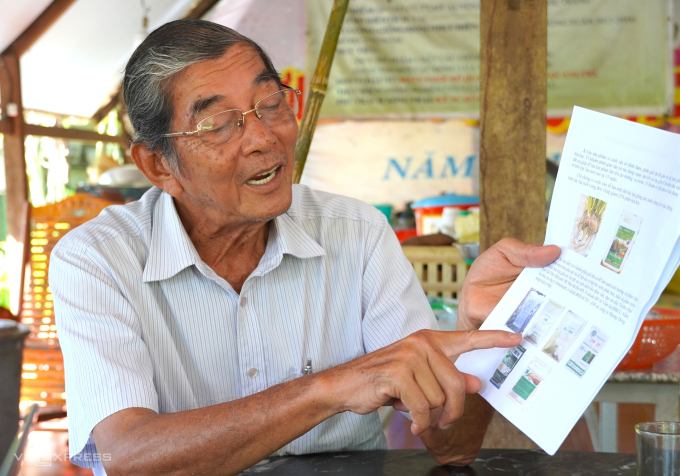
Mr. Ho Quang Cua talks about safe rice production process. Image: Wish Ly
For the past eight years, he has applied this model in the field. In the last two years, crab engineers have expanded to a large material area with a large -scale rice cultivation orientation, helping to ensure economic efficiency and environmental values.
In the St25 field, he encouraged farmers to use organic fertilizers to increase the resistance of rice, reduce pests for the next crop. Microorganisms such as nitrogen -fixed bacteria, fungus resolving phosphorus help plants absorb nutrients from soil without inorganic fertilizer.
“Immediately after sowing rice, bacteria resolved phosphorus to help the roots deep into the soil, absorb the amount of residual fertilizer from the previous crop. Fungal and microorganisms also help resolve organic, clean the fields, destroy pathogens,” he said.
Producers are recommended not to use insecticide, especially in the early stages, to create conditions for beneficial insects to develop and destroy pests.
Mr. Cua questioned why rice in the old days did not have medicine and still live well. Because in nature, the ecosystem takes time to balance: harmful insects appear first, natural enemy follows. Without chemical intervention, naturally produces a control mechanism.
“Previously, people used chemical drugs were necessary, but gradually there was no appropriate control method, leading to abuse,” he said.
In 2017, Mr. Cua began organic rice and was certified. But not long after, he was forced to stop due to the traditional production area nearby still using chemical drugs, affecting clean rice standards.
“At that time, there was no drone, I did so much certified. But later the drone flew everywhere, the drug drifted was the loss of certification. The enemy was destroyed, the pest outbreak was that the farmer did not return,” he said.
From this fact, he shaped more clearly the “safe agricultural” model – does not need to meet organic standards but still minimize chemicals, based on the principle of biological circulation.
Currently, he built a safe rice raw material area in the shrimp rice area of Ca Mau peninsula, making 2 crops about 1,500 hectares, mainly concentrated in Phuoc Long district, Gia Rai town (Bac Lieu), U Minh district (Ca Mau), An Minh district, An Bien (Kien Giang). In addition, he developed 1,500 hectares of safe rice in Nga Nam town, Soc Trang.
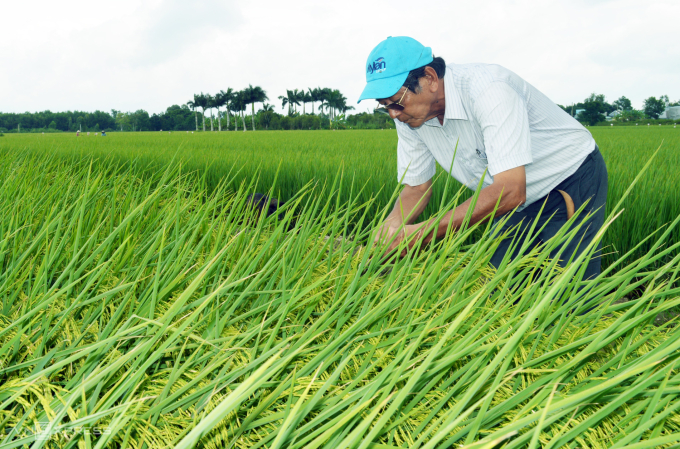
Mr. Ho Quang Cua on the St25 rice field. Image: Wish Ly
According to him, this model is only effective when applied on a large scale, can not be sporadic to each household because it will be affected by cross, difficult to control synchronous enemy, chemical medicine or water source.
As an applied researcher, Mr. Cua said that the circulating agricultural model depends greatly on the source of microorganisms, fungi, bacteria from nature or specialized production. But up to now, Vietnam does not have a methodical investment system for biological products for rice cultivation.
“If chemical limits, nature will give insects, bacteria, and mushrooms.
ST25 rice is cultivated under the current circulating model with an average yield of 6 tons/ha, purchased by traders at a price higher than usually 3,000 VND/kg or more.
According to Mr. Cua, the most satisfied farmer is no longer having to spray, not smell chemicals and soil gradually. “The production costs do not increase, the quality is satisfactory, consumers feel secure, and the environment reduces greenhouse gas emissions,” Cua Cua engineer shared.
Ms. Nguyen Thi Ngoc Diep, a farmer in ward 2, Nga Nam town, is one of more than 100 households applying this model on an area of more than 250 hectares. Her family made 2 hectares of ST25 rice in a periodic method of more than 2 years. Each case, after deducting expenses, she earned a profit of about 50-60 million VND/ha.
“Reducing drugs, using microbiological fertilizers should be more softer, no toxic worry. Consumers do not have to eat rice with pesticide residues,” she said.
Through production practices, Mr. Cua said that the circulating safety rice model is very consistent with the criteria of the project of one million hectares of high quality and low emissions that the agricultural sector is implementing. If the State supports the management and training of farmers, replicating in the region will be less expensive, not increasing costs but also raising the value of products and national brands.
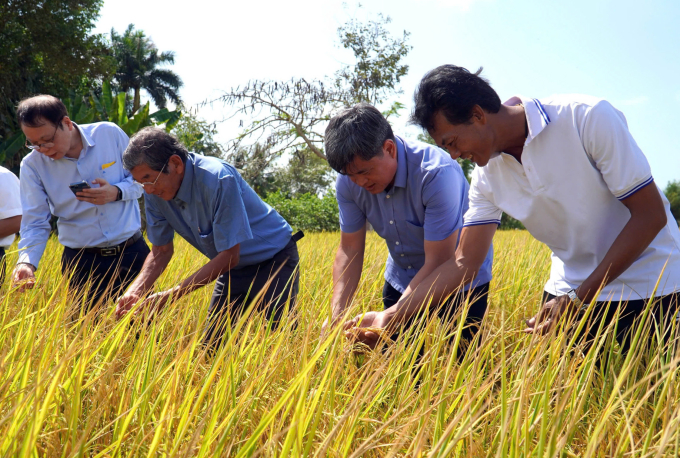
Deputy Minister Tran Thanh Nam (2nd from right) to visit the safe rice production model in Nga Nam town, Soc Trang. Image: An Minh
In February, Deputy Minister of Agriculture and Rural Development (now the Ministry of Agriculture and Environment) Tran Thanh Nam came to Nga Nam town to visit the model of St24 and ST25 rice cultivation. He appreciated the local way and asked the authorities to organize training and building a well -made cooperative, gradually raising the St2 Rice brand in the international market.
Wish Ly
